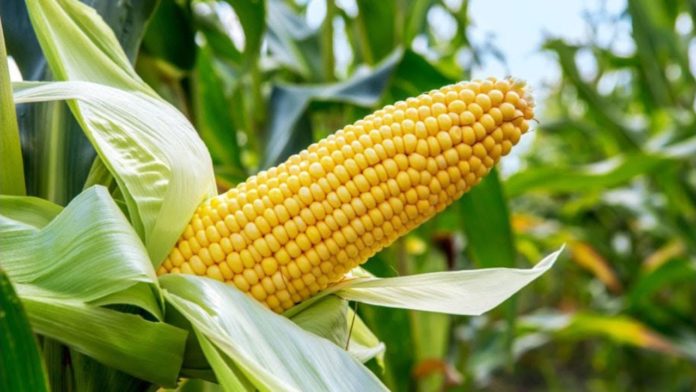Agricultural insurance is a boon for today’s farmers in the face of climate shocks, pest attacks and wild market crashes.
In countries like Kenya and India, structured agricultural insurance schemes have been helpful in stabilising rural incomes and encouraging farmers to reinvest in production.
Despite its apparent benefits, insurance coverage for farmers is low in Nigeria, where more than 65% of the population depends directly or indirectly on agriculture for sustenance or income.
A 2022 analysis indicated that up to 82.7% of Nigeria’s farmers are not insured.
At present, the share of insured smallholder farmers is less than 5%, meaning that millions of smallholders continue to face unpredictable weather and economic volatility.
Climate disasters deepen farmers’ risks
The impacts of this low coverage are enormous. Every year, floods destroy thousands of hectares of farmland, ravaging over 650,000 hectares in 2022 alone and displacing more than 1.4 million people nationwide.
For millions of smallholder farmers in Nigeria, one harvest failure determines their means of livelihoods per season.
To bridge the gap, the Federal Government, through the Presidential Food Systems Coordination Unit (PFSCU), insured 250,000 farmers across eight states between April and October this year.
The coverage aims to cushion smallholders in Borno, Ekiti, Enugu, Kaduna, Jigawa, Niger, Plateau and Taraba states from crop losses due to climate shocks and price dips during the 2025 wet-season farming cycle.
The PFSCU itself is a relatively new body, established in 2024 under the National Economic Council to better coordinate federal and state food security programmes.
The insurance initiative is described as one of several tools in a data-driven, state-led model to rebuild Nigeria’s fragile food system.
Under the scheme, extension teams and verification exercises began in April, and the pilot is designed to extend into the 2026 dry season before aiming for national scale.
This initiative complements other PFSCU interventions, such as generating data through the National Agribusiness Policy Mechanism (NAPM) and aligning agricultural programmes across levels of government.
For newly insured farmers, this means investing in improved inputs, knowing losses will not completely destroy their livelihoods.
On a wider scale, it minimises distress exits from farming, preserves food supply and prices and stems the rise of food insecurity.
Challenges ahead
For all the benefits, there is also the danger that insurance becomes a stopgap rather than a system change. Therefore ensuring sustainability means ramping up investments in irrigation, mechanisation, credit access and extension services.
Otherwise, insured farmers still face the same structural deficits that make them vulnerable in the first place. The success of risk mitigation, which means taking steps to reduce or manage potential losses or problems before they happen, depends heavily on the transparency of verification processes.
In terms of scale, the 250,000 farmers covered is commendable but represents just a fraction of Nigeria’s agricultural population. Scaling to nationwide coverage will require enormous fiscal commitment, institutional capacity and political alignment.
The PFSCU intends to integrate its insurance database with the NEC’s live food-balance dashboard, enabling early detection of supply risks.
To maximise impact, regions with high climate risk should be treated with priority, and engagement with state authorities should be strengthened.
Summary not available at this time.






